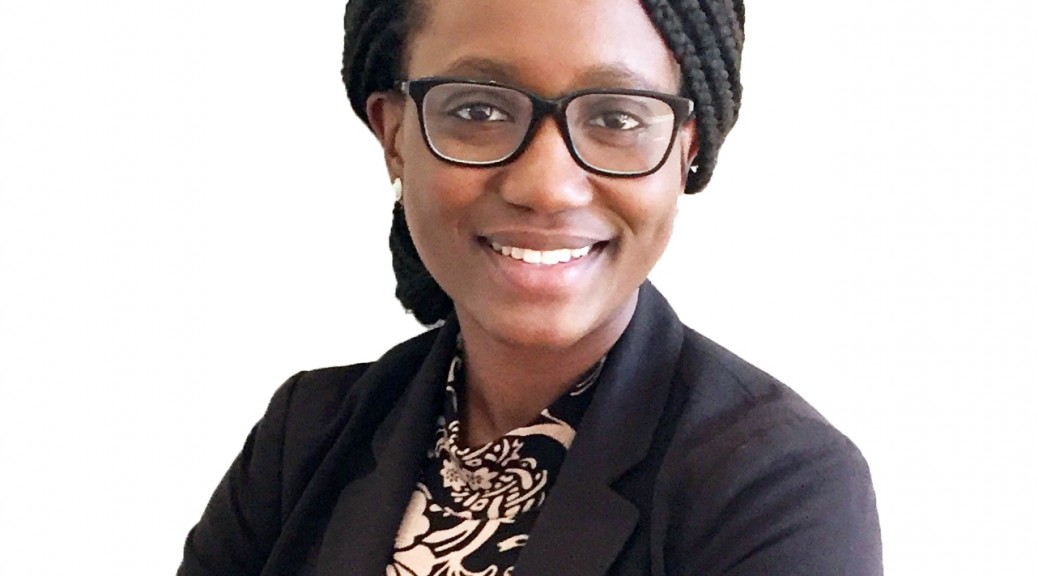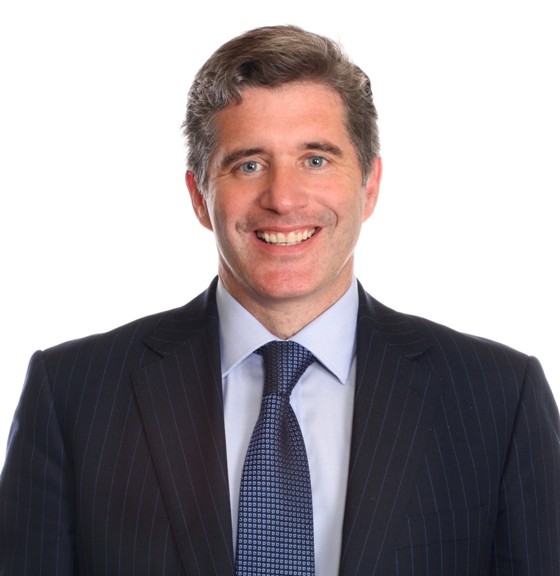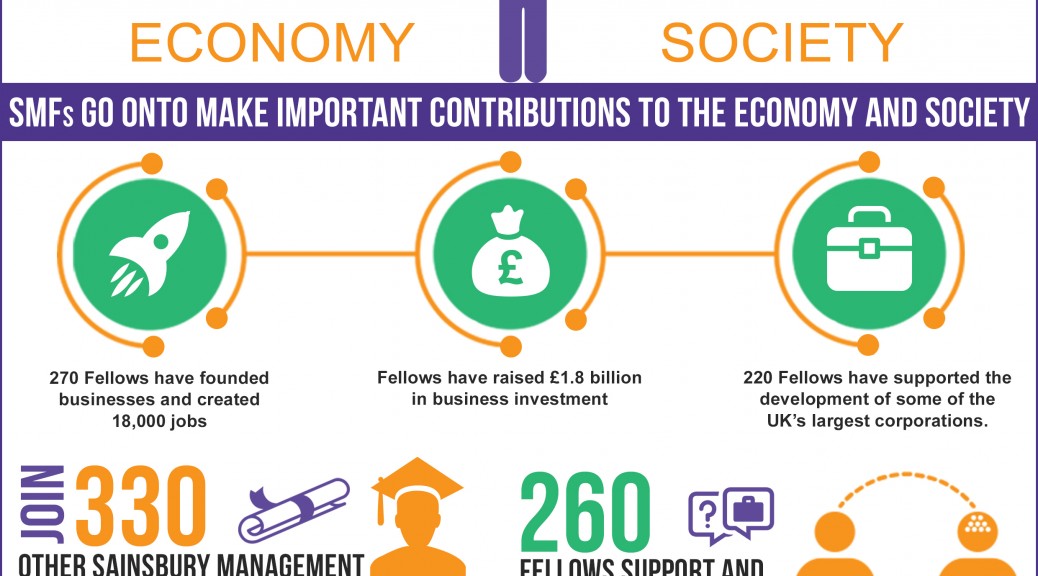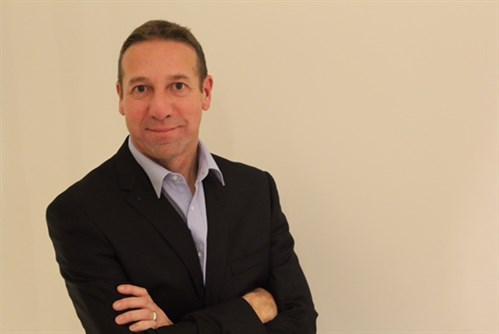
The way we hire, work, and organise has fundamentally changed in the last ten years. The rise of mobile data and social networking, spurred on by corporate involvement and investment, has resulted in a situation where many of the old rules and concepts we used to understand in the world of work are becoming less and less relevant.
This is particularly true when it comes to recruitment. With 94% of recruiters now using, or planning to use social media for recruiting (2014, Source: Jobvite), the web is fast becoming the primary location for new opportunities, connections and networking.
Whether you’re looking for a new opportunity on LinkedIn, search engines, or other social media, it’s important to make the most of these platforms. The game may have changed dramatically, but the same old principles still apply when it comes to actually nailing contact-making, that job application, or getting an interview.
Let’s discuss some of the ways you can make the most out of these platforms, and find your dream job in today’s social media-driven world. Today, we’re going to be discussing how you can align with a company’s values and vision while still projecting a unique personal brand to recruiters.
Aligning your aspirations with the company’s brand, ethos, or vision
One of the major advantages of the social media age for recruitment is that your potential employers have a presence online—and often more than just a Wikipedia or LinkedIn page. While LinkedIn is great for finding new opportunities, many companies and corporations now operate a comprehensive social media presence, which offer valuable insights into what they might be all about. This will ultimately strengthen any application or interview you may be invited to complete.
Social media recruiters are actively trying to give the best candidates a very clear idea of why you should work with certain companies. If we’re talking about the challenge of aligning your aspirations with a potential employer’s vision, then social media can be a major help in a number of ways.
Firstly, many brands’ careers pages on social media offer a glimpse into workplace culture and brand ethos. Take the example of Nestlé’s UK careers page, many of their posts are focused on new work opportunities and facts about the company, but some also show light-hearted, fun moments from around the workplace – such as Christmas decorations or brownie recipes using their products. Use this – you’re looking to find out what they’re all about. Look at your potential employer’s Facebook pages (both the brand and career pages) and review the content.
Pay particular attention to their social media ‘voice’, as it may give you clues on the workplace culture. Find as many of their Twitter feeds as you can (including those of senior figures within the company directed at staff) to get an idea of the direction the company is moving in. It goes without saying, of course, that their LinkedIn company page will provide a wealth of information on initiatives and news, as well as employee testimonials.
Using all you have learned on social media, see if you can produce a list of the company’s core values. Does their social media profile live up to what they say about themselves on their website, marketing material and how they are portrayed in the media?
Promoting your personal brand
After researching the company’s output on the different social platforms, it’s time to start thinking about where you might fit in.
Think carefully about the image you are projecting of yourself on social media. Read your own Facebook, your own professional Twitter, or your own LinkedIn profile. What are the similarities and differences? If a recruiter were to examine your social presence as you have the employers’ profiles, what would they list as the top five values being projected? What does your voice tell them about you? Compare these to the list you made for the company to see the parallels.
It’s here that you can start developing a strategy for how you’re going to present your personal brand to the recruiter. Think of your brand and the employers’ brands as being part of the same social media dialogue. You want to be part of the discussion; you want what you say to fit coherently with what they say, but – as in a physical conversation – you don’t just want to be a yes-man who agrees or mimics everything said by the other.
Recruiters are looking for someone who can move ‘the conversation’, and therefore their clients’ companies, forward. By promoting yourself as someone with certain personal and business values, recruiters and companies are able to clearly see where you might fit into their own vision – and if you have a place among them.
Building stronger networks and finding your path
You’ve got to grips with your potential employer, you know what they want to see in a candidate, and you can already see a place for yourself in their organisation. However, that’s just one job. How can you use social media to get not just a job for today, but also help build a career for tomorrow? In an age where many argue that the traditional career ladder no longer exists, the answer lies in building bigger, stronger networks and developing a goal-oriented career path.
Developing your career path
In order to develop the right strategy for achieving this, you first need to become goal-oriented. These should initially focus on what you’re currently doing (ie your current and immediate goals at work and at home), what position you’d like to get next, and what you’d like to be doing in five years’ time.
Consider where you were five years ago and the progression you’ve taken. Now, think about how your employment history fits with where you want to go. Building up a strong idea of the trajectory you want to be on is key. When you finally get to that big interview for the job you’ve dreamed of for years, you need to be able to demonstrate that all your previous work has been leading up to this moment and this interview – that you know where this opportunity is going to take you and how you’re going to make the most of it.
Again, you can use social platforms to your advantage here. Many companies manage and operate careers pages on LinkedIn (the Deloitte page is a good example), which are well worth a browse if you want to find out more about not just its current opportunities, but also the company’s structure and where others’ experience has taken them. It will also give you further insight into the different groups of jobs (rather than specific roles) available. This can help inform your strategy and broaden your options further down the line.
Building stronger networks
After you’ve got a fairly comprehensive idea of your goals and planned trajectory, you need to work out who you need to know to help get you there. There is a lot of literature on working out who these people are (this Forbes article is an excellent example), so assuming you have a list of the types of people you need to know, let’s get down to the business of using social platforms to build strong(er) networks based on that information.
The connections that will jumpstart a new opportunity are very rare finds, so it’s important to be proactive – especially on social media. Let’s take Facebook as an in-depth example.
Facebook has spent the last few years making its services more professional and career-oriented. You might be thinking of brand pages or profiles, but it’s also true of individuals. Many people have professional Facebook profiles as well as personal pages.
Regardless of what your formal presence is on the site, there are a number of ways you can optimise your Facebook profile in a technical way for networking. As this helpful guide outlines, these are some of the ways you can ‘clean up’ your social media image:
- Set a custom URL for your page
- Optimise your privacy settings
- Get a professional profile picture and complete your professional information
- Create useful status content and share your blog posts
These principles don’t just apply to Facebook, but also to Twitter and other social networks you use.
Once you have a work-friendly profile optimised for networking, it’s time to start using it. One great facility on Facebook is the search bar, which has a tab entitled “People I may know.” You can use this to find people of interest who fit with your goals – and, best of all, they’re picked from your friends’ friend lists, meaning you have a mutual contact who can introduce the two of you if you don’t feel comfortable approaching them directly. (Again, the same goes for LinkedIn connections).
You can also ‘follow’ people not on your friends list, which allows you to see their content and engage with their public posts (either on a personal or business page). By making small, thoughtful contributions in the comments section (or through Twitter retweets), you can build a rapport and lay the groundwork for approaching the person in a professional context. This is also true of Facebook groups, which can be used as a very quick and efficient way of social networking.
Don’t forget about the interconnectivity of Facebook, Twitter, and LinkedIn. Once you have someone on Facebook, you can automatically connect with them on LinkedIn or Twitter, and vice versa. By managing your network of new contacts across multiple platforms, you’re maximising the reach of your personal brand, thereby helping to ensure you’re getting the most out of social media.
Social media is a hotbed of recruiters and companies looking for new talent – make sure that key platforms are part and parcel of your job search; both from the perspective of you exploring prospective employers online and ensuring that your online presence and profile are a magnate for recruiters and employers.
Photo: iStock.com/opera3d







 John Collins MEng MPhil MCIHT
John Collins MEng MPhil MCIHT Evi Giamouzi MEng MSc
Evi Giamouzi MEng MSc Christopher Hughes MEng (Hons) CEng
Christopher Hughes MEng (Hons) CEng William Jones MEng
William Jones MEng Eirini Koukaki MEng MSc, MIET
Eirini Koukaki MEng MSc, MIET  Sinead O’Sullivan BEng, MS Aero
Sinead O’Sullivan BEng, MS Aero Pierre-Nicolas Queyroux MEng
Pierre-Nicolas Queyroux MEng Mohammad Saquib MEng (Hons), CEng
Mohammad Saquib MEng (Hons), CEng 






 Keep Britain Tidy would surely welcome the ingenious Crush Em’s automated waste compressor concept. The team designed an eco-friendly, solar powered, attractive litter bin containing an inbuilt compressor which literally crushes the rubbish inside the bin.
Keep Britain Tidy would surely welcome the ingenious Crush Em’s automated waste compressor concept. The team designed an eco-friendly, solar powered, attractive litter bin containing an inbuilt compressor which literally crushes the rubbish inside the bin.
 Third prize went to Rain Water Cycle for its eponymously named product concept which was designed to provide clean water for people living in rural areas of India where clean water is scarce. According to Rain Water Cycle’s research, many people die from water-borne related diseases due to contaminated water. The Rain Water Cycle product would provide clean water at a much more affordable price.
Third prize went to Rain Water Cycle for its eponymously named product concept which was designed to provide clean water for people living in rural areas of India where clean water is scarce. According to Rain Water Cycle’s research, many people die from water-borne related diseases due to contaminated water. The Rain Water Cycle product would provide clean water at a much more affordable price.




![Large group of business people sitting on a meeting. The focus is on blonde woman looking at camera. [url=http://www.istockphoto.com/search/lightbox/9786622][img]http://dl.dropbox.com/u/40117171/business.jpg[/img][/url] [url=http://www.istockphoto.com/search/lightbox/9786738][img]http://dl.dropbox.com/u/40117171/group.jpg[/img][/url]](https://www.smf.org.uk/wp-content/uploads/2016/02/Group-of-students-iStock_000018482555Medium.jpg)



